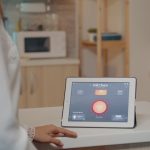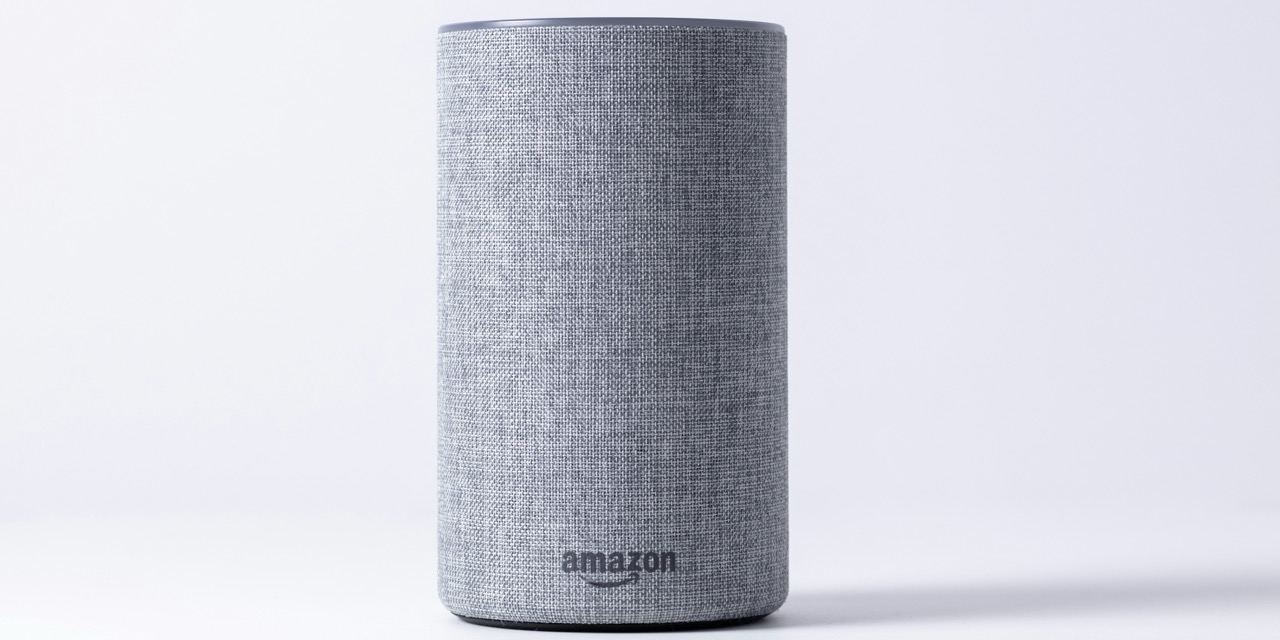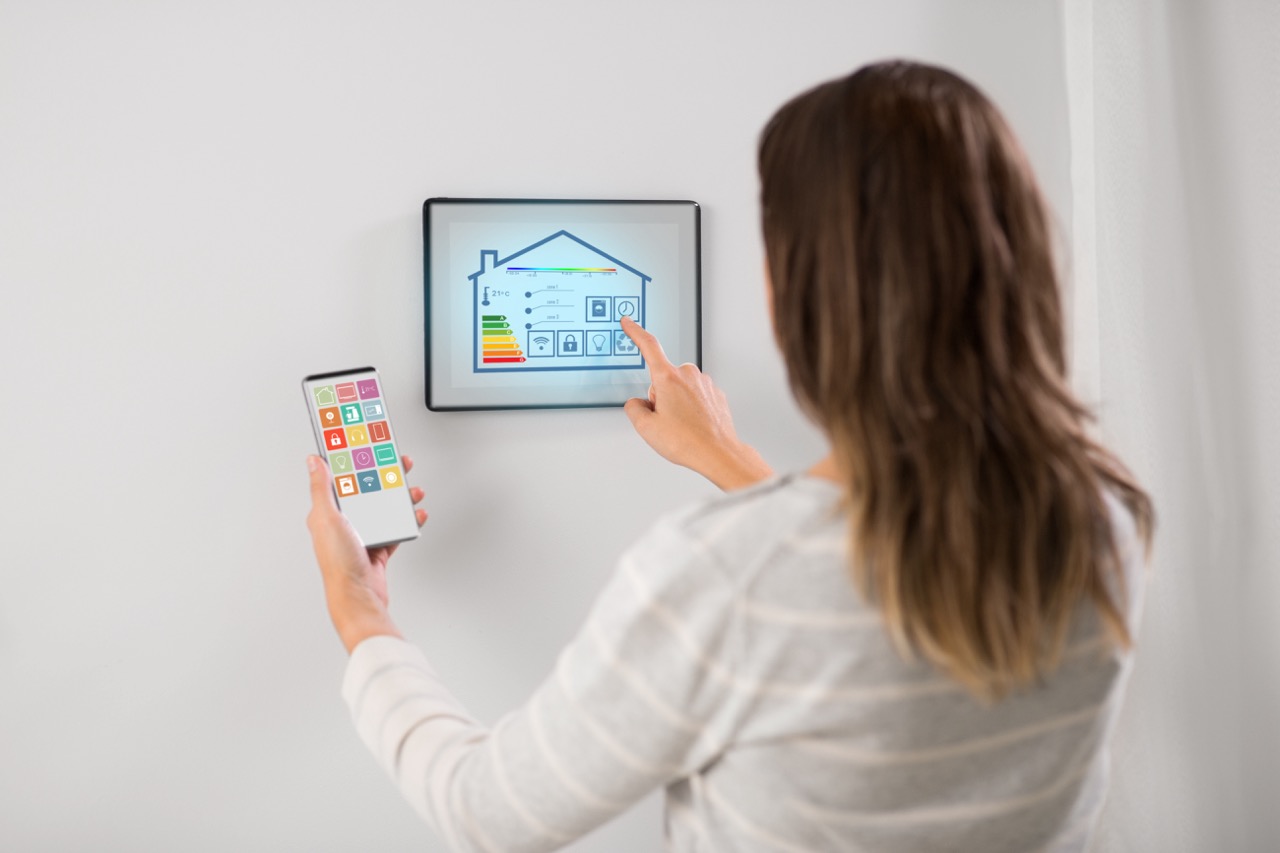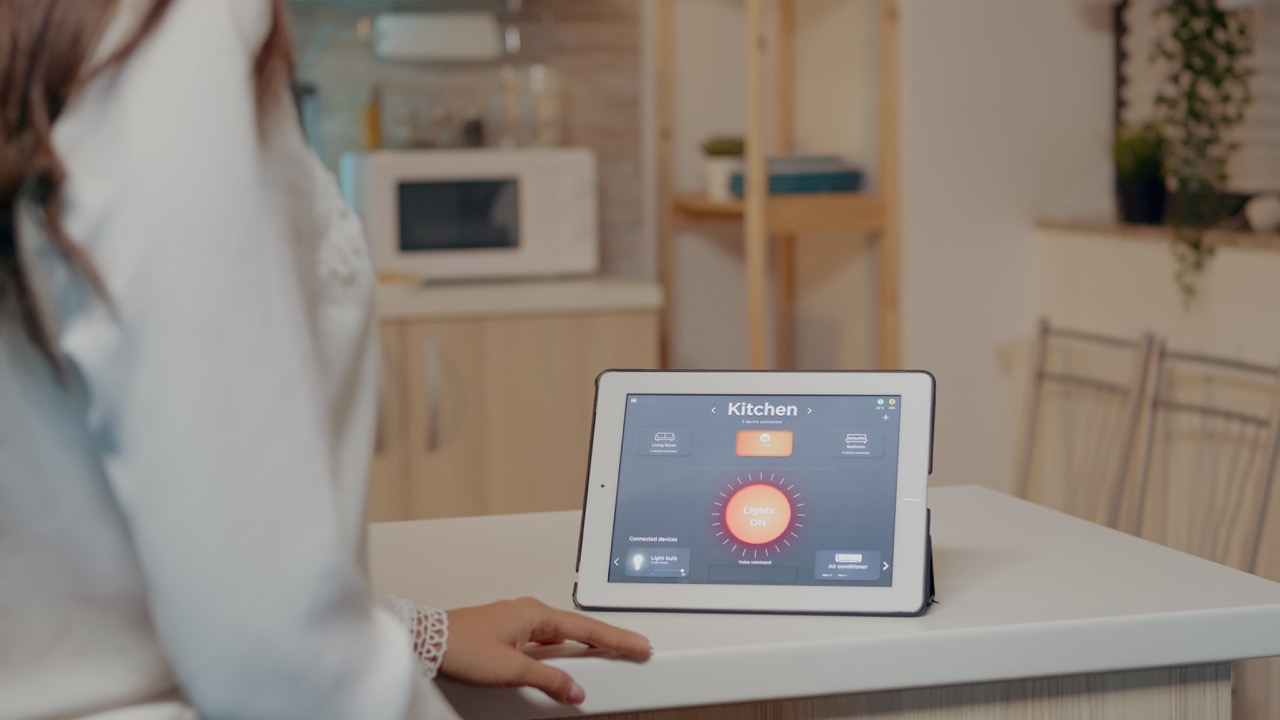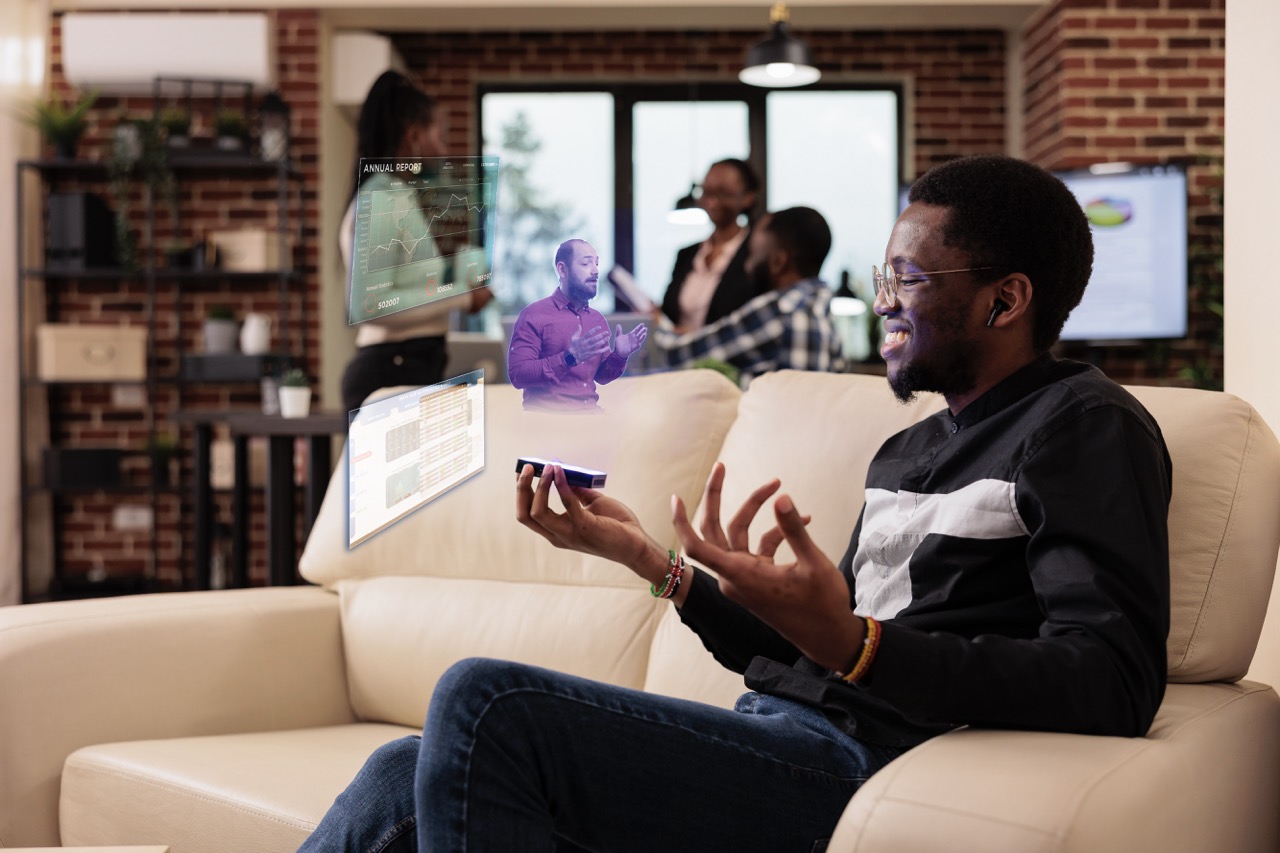The advent of smart contact lenses marks a significant leap in the fusion of electronics and healthcare, offering unprecedented potential for both vision correction and health monitoring. With the capability to perform real-time diagnostics and deliver personalized healthcare solutions, these lenses are ushering in a new era of wearable technology. This article delves into the pioneering researchers behind this innovation, the critical technologies and materials employed, and the breakthroughs in health monitoring associated with smart contact lenses, while also exploring their future implications in vision care and beyond.
Pioneering Researchers Behind Smart Contact Lens Innovation
The development of smart contact lenses has been driven by a cadre of visionary researchers and innovators who have dedicated their careers to integrating technology with healthcare. One notable figure is Prof. John A. Rogers, a leading researcher at Northwestern University. His work focuses on flexible electronics, which has been instrumental in creating lightweight and comfortable smart lenses. Through his innovative approach, Rogers has paved the way for advancements in materials that allow for seamless integration with the human eye, ensuring that functionality does not compromise comfort.
Another key contributor is Dr. Babak Parviz, co-founder of the Smart Contact Lens Company and a pioneer in the field of wearable devices. Parviz and his team at the University of Washington have made substantial contributions to the design and fabrication of smart lenses equipped with sensors and microelectronics. Their research has led to the development of lenses that not only correct vision but also monitor various health parameters, such as glucose levels in diabetic patients, showcasing a transformative potential in personalized medicine.
Additionally, researchers from major tech companies like Google and its subsidiary Verily have played a crucial role in the evolution of smart contact lenses. Their collaborative efforts have resulted in prototypes that incorporate advanced algorithms and data analytics, which can process real-time health data collected from the lenses. The synergy between academia and industry has accelerated the pace of innovation, making smart contact lenses an exciting frontier in modern healthcare.
Key Technologies and Materials in Smart Lens Development
The creation of smart contact lenses relies heavily on advancements in materials science and microfabrication technologies. One of the cornerstone materials used in smart lenses is hydrogel, a biocompatible substance that retains moisture and provides comfort to the wearer. Researchers are now experimenting with nanoparticles and conductive materials embedded within hydrogels, allowing lenses to transmit information while maintaining their primary function of vision correction.
Furthermore, the integration of microelectromechanical systems (MEMS) plays a vital role in the functionality of smart contact lenses. These microscopic devices are designed to perform specific tasks, such as sensing or actuation, and are essential in developing lenses that can monitor physiological changes. By embedding MEMS technology into contact lenses, researchers can create devices that not only provide vision correction but also capture and relay crucial health data.
Wireless communication technologies, such as Bluetooth and RFID, are also integral to smart lens functionality. These technologies enable the real-time transmission of data collected by the lenses to external devices, such as smartphones or medical monitors. This connectivity allows for continuous health monitoring and the potential for telemedicine applications, making it possible for healthcare providers to receive timely updates on patient health status without requiring physical appointments.
Breakthroughs in Health Monitoring with Smart Contact Lenses
Smart contact lenses have emerged as a groundbreaking tool for health monitoring, particularly in the management of chronic conditions such as diabetes. Researchers have developed prototypes capable of measuring glucose levels in tears, providing a non-invasive alternative to traditional blood testing. This innovation holds significant promise for diabetic patients, offering them the ability to manage their condition with greater ease and precision, ultimately reducing the risk of complications associated with diabetes.
In addition to glucose monitoring, smart contact lenses are being explored for their potential in tracking ocular health. Innovations in imaging technology integrated into the lenses allow for real-time monitoring of eye conditions such as glaucoma or macular degeneration. This capability can lead to earlier detection of eye diseases, significantly improving patient outcomes by facilitating timely interventions and treatment adjustments.
Moreover, the potential applications of smart contact lenses extend beyond ocular health. Researchers are investigating the feasibility of using these lenses to monitor a variety of biomarkers, such as dehydration or stress levels, opening new avenues for preventative healthcare. By continuously assessing an individual’s health status, smart contact lenses could become a valuable tool in the transition from reactive to proactive healthcare, enabling individuals to take charge of their health like never before.
Future Implications of Smart Contacts in Vision Care and Beyond
The implications of smart contact lenses in vision care are transformative, as they promise to enhance the user experience through personalized solutions. Customizable functionalities mean that lenses could be programmed to adjust focal points or provide augmented reality experiences, setting the stage for a new generation of vision correction devices. This transformation could redefine the way we perceive and interact with our environment, merging digital overlays with our visual field seamlessly.
Beyond vision care, smart contact lenses hold immense potential for broader healthcare applications. As their capabilities expand, these lenses could serve as comprehensive health monitoring systems, integrating with other wearable technologies to provide a holistic view of an individual’s health. This interconnectedness could facilitate predictive analytics, empowering healthcare providers with insights derived from real-time data, ultimately leading to better diagnostic and treatment options.
In conclusion, the future of smart contact lenses is poised to revolutionize both vision care and healthcare as a whole. As researchers continue to push the boundaries of technology, we can expect these lenses to become an integral part of our daily lives, offering innovative solutions for health monitoring and personalized care. The convergence of optics, materials science, and electronic engineering will likely unlock new possibilities, paving the way for a healthier future.
The journey towards smart contact lenses exemplifies the incredible potential of interdisciplinary collaboration in advancing healthcare technology. With pioneering researchers at the helm, innovative materials and technologies driving development, and significant breakthroughs in health monitoring already being realized, the future of smart contact lenses appears bright. As the integration of these devices into everyday life becomes more pronounced, they hold the promise of not only enhancing vision but also transforming the landscape of personalized healthcare, making it a truly exciting field to watch in the years to come.

